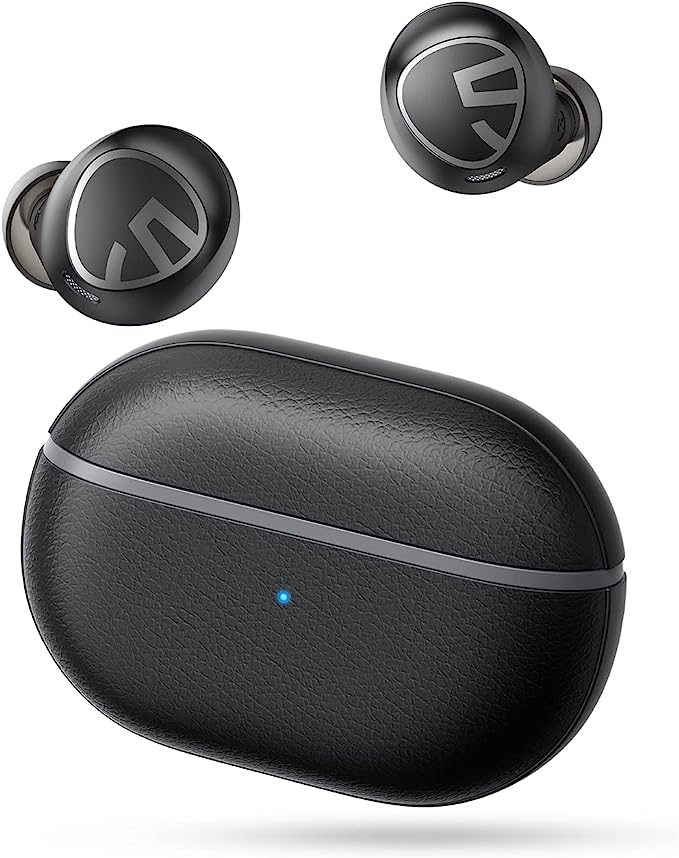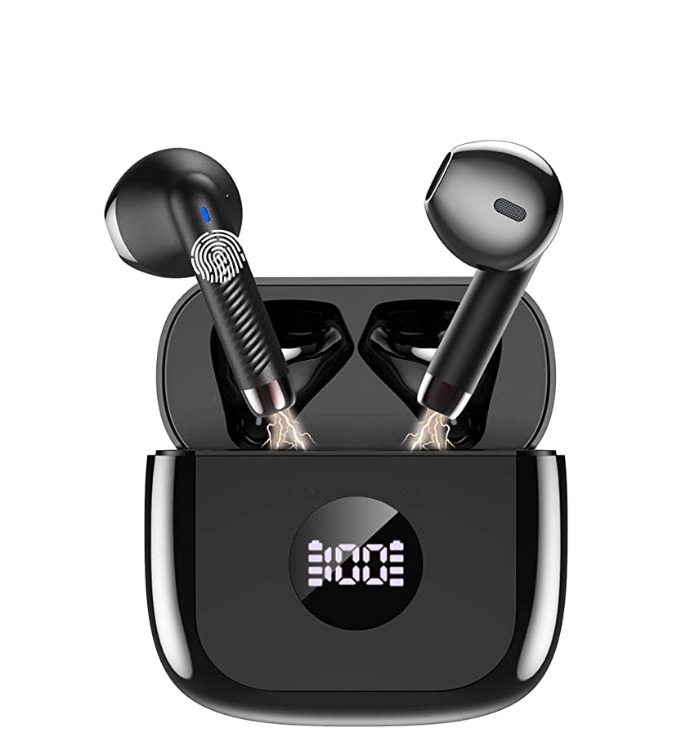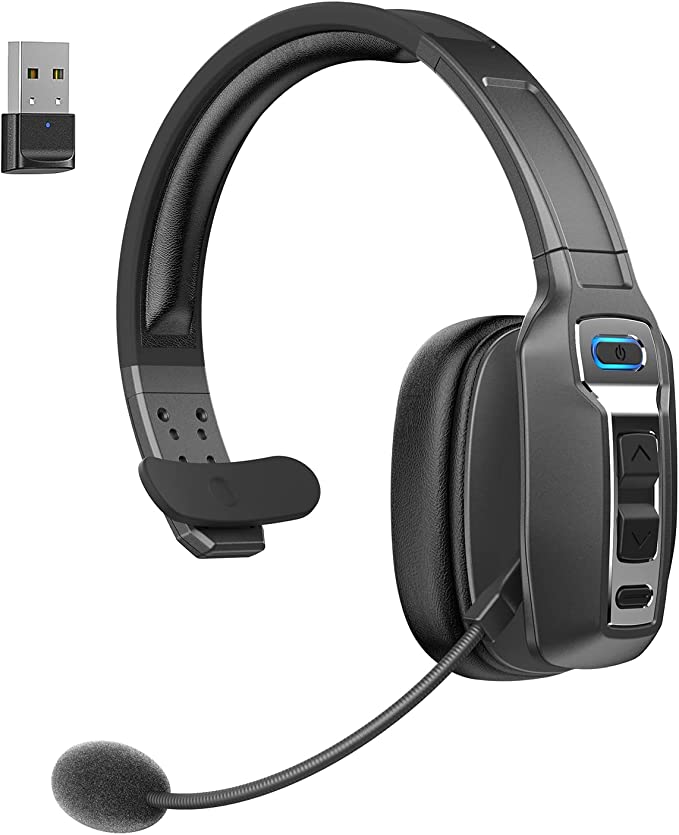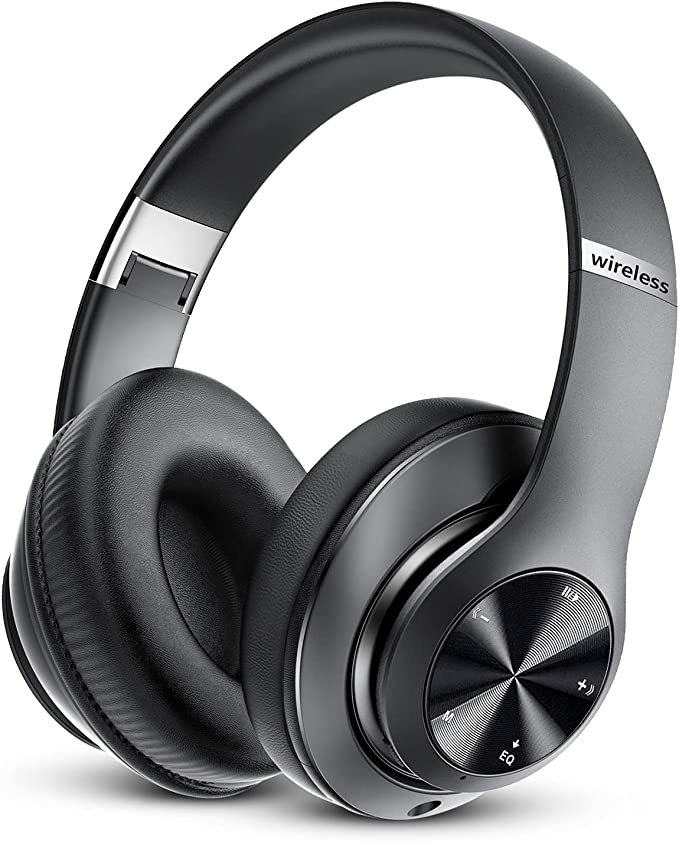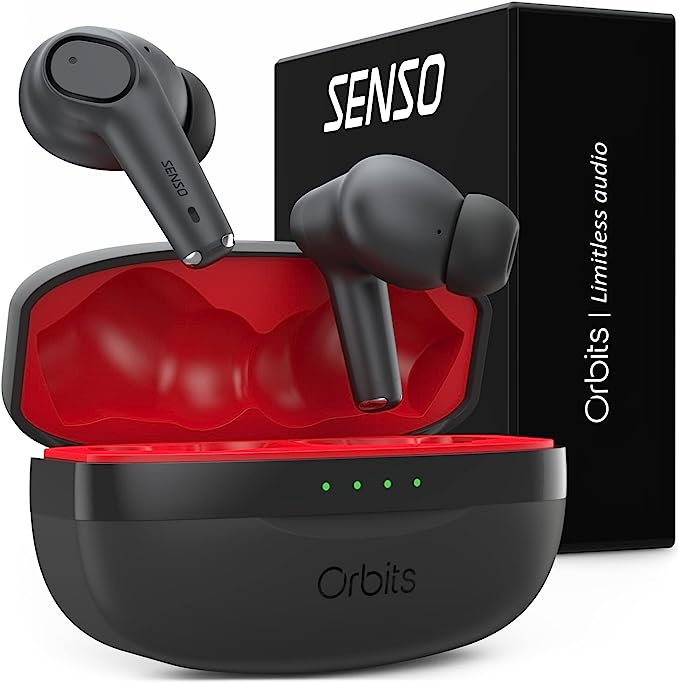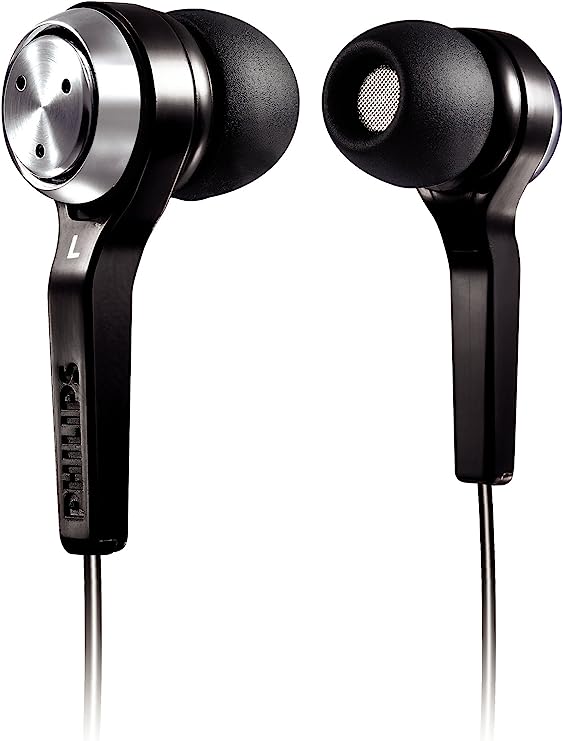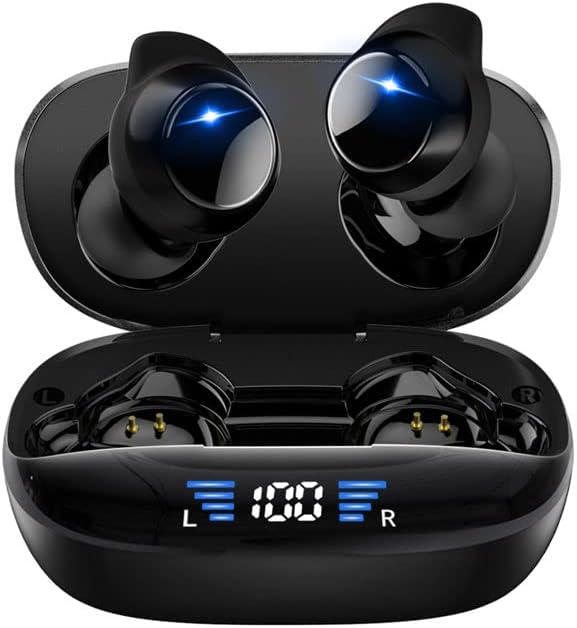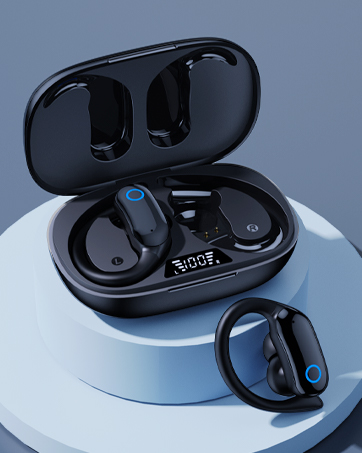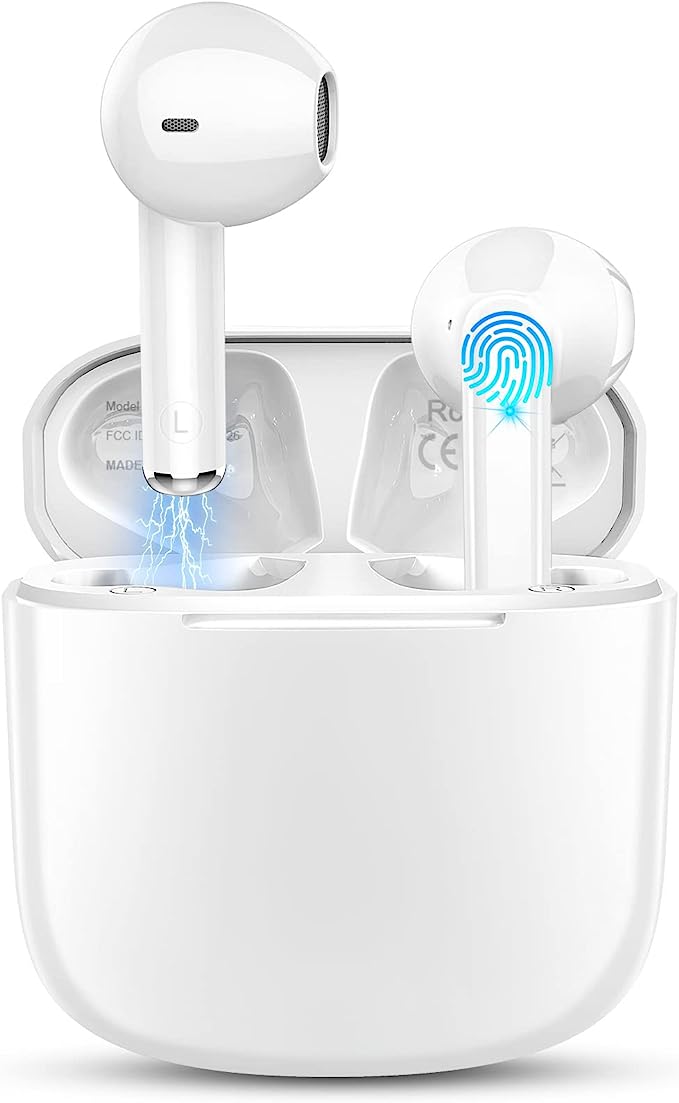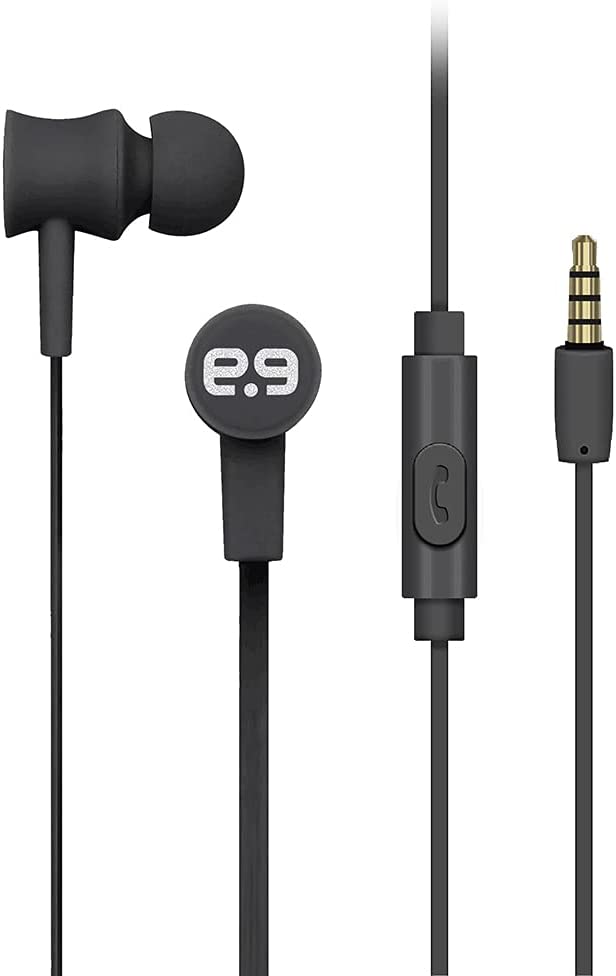Evaporative Coolers: The Climate-Conscious Choice or Just Hot Air?
Update on Oct. 7, 2025, 1:34 p.m.
In the relentless heat of summer, the quest for a cool refuge is universal. For decades, the undisputed king of cooling has been the air conditioner, a power-hungry marvel that magically chills our homes. But a challenger, often whispered about in drier climates, promises a greener, gentler, and more affordable alternative: the evaporative cooler, colloquially known as the swamp cooler. Devices like the AKIRES AK-310Y-cooler-V2 appear with impressive specifications—a 5.3-gallon water tank, 120° oscillation, a powerful 1800 CFM fan. But does this technology actually work? Or is it merely a glorified fan spraying a mist of wishful thinking?
This is not a review of a single product. Instead, this is a guide to understanding the powerful natural phenomenon that these machines harness. We will delve into the science, expose the critical environmental factor that governs their success or failure, and equip you with the knowledge to decide, definitively, if an evaporative cooler is the right ally for your summer.

The Simple Magic of Evaporation: How Heat Disappears into Thin Air
Before we talk about machines, let’s talk about magic—the everyday magic of physics. Have you ever noticed how a refreshing chill runs over your skin as you step out of a swimming pool, even on a scorching day? That isn’t just the water being cold; it’s the process of that water evaporating.
At its core, evaporative cooling is based on a simple, fundamental principle of thermodynamics: changing water from a liquid to a gas (vapor) requires energy. The energy is drawn from the immediate surroundings in the form of heat. As water evaporates from your skin, it draws heat away from your body, actively cooling you down. An evaporative cooler is simply a machine designed to orchestrate this natural process on a larger scale. It pulls in warm, dry air and forces it through a water-saturated pad, often called a water curtain. Inside the machine, a miniature version of that post-pool chill occurs. The water on the pad evaporates into the passing air, and in doing so, it absorbs a significant amount of heat from that air. The result? The air that exits the machine is considerably cooler. It’s not just moving air like a fan; it’s air that has undergone a genuine temperature drop. The difference between the initial air temperature (dry-bulb temperature) and the potential lowest temperature achievable through evaporation (wet-bulb temperature) represents the raw cooling power at your disposal.
The Golden Rule of Cooling: Why Relative Humidity Is Your Deciding Factor
So, we know that turning water into vapor is a powerful heat-sucking process. But this magic trick has one crucial requirement: the air must be thirsty. The “thirst” of the air is measured by its relative humidity. This brings us to the single most important factor that will make or break your experience with an evaporative cooler.
Think of air as a sponge. When the relative humidity is low, the sponge is dry and can soak up a great deal of water. When you run an evaporative cooler in this environment, the thirsty air eagerly absorbs moisture from the pads, resulting in a dramatic drop in temperature. This is why these devices are champions in arid or semi-arid regions like the American Southwest, parts of Australia, or the Middle East. However, when the relative humidity is high, the air-sponge is already saturated, or even dripping wet. It simply cannot absorb much more water. In this scenario, an evaporative cooler’s performance plummets. It will still blow air, but the cooling effect will be minimal, and it will primarily just add more moisture to an already muggy environment, potentially making you feel even more uncomfortable.
Here is a general guide to what you can expect:
| Relative Humidity | Expected Performance | Sensation |
|---|---|---|
| Below 30% | Excellent | A crisp, significant temperature drop (can be 8-15°C). |
| 30% - 50% | Good | A noticeable and comfortable cooling effect. |
| 50% - 60% | Marginal | Minimal cooling; might feel slightly clammy. |
| Above 60% | Not Recommended | Virtually no cooling; significantly increases mugginess. |
To put this in perspective, the average summer afternoon humidity in Phoenix, Arizona, is often below 30%, making it a prime location for evaporative cooling. Conversely, in Miami, Florida, where it frequently exceeds 70%, an evaporative cooler would be a frustratingly ineffective choice. Before you even consider a purchase, a quick online search for your city’s “average summer humidity” will provide the most important piece of data you need.
Swamp Cooler vs. Air Conditioner: A Tale of Two Cooling Philosophies
Clearly, these two technologies operate on fundamentally different principles. An air conditioner is a “closed-system” magician; it uses a chemical refrigerant to absorb heat from inside your home and dump it outside, creating a sealed, chilled environment. An evaporative cooler is an “open-system” naturalist; it works with the environment, constantly bringing in fresh outside air, cooling it with water, and requiring an open window or door for the humid, cooled air to exhaust.
Understanding their core differences is key to choosing the right tool for the job.
| Feature | Evaporative (Swamp) Cooler | Traditional Air Conditioner |
|---|---|---|
| Energy Consumption | Extremely Low (e.g., 100 Watts) | High (e.g., 1000-1500 Watts for a portable unit) |
| Environmental Impact | No chemical refrigerants, low energy footprint | Uses HFC refrigerants (potent greenhouse gases) |
| Air Quality | Circulates 100% fresh, filtered outside air | Recirculates existing indoor air |
| Humidity Effect | Increases indoor humidity | Decreases indoor humidity (dries the air) |
| Ventilation | Requires open windows/doors for proper operation | Requires a sealed room for efficiency |
| Temperature Control | Variable; depends on ambient temp & humidity | Precise; can be set to a specific target temperature |
| Operating Cost | Very low; pennies per hour | Significantly higher; can be a major utility expense |

Decoding the Spec Sheet: What 1800 CFM and a 5.3-Gallon Tank Really Mean
Assuming you’ve determined a swamp cooler might work for your climate, how do you interpret the numbers on the box? Let’s use the specifications of a model like the AKIRES AK-310Y-cooler-V2 as our practical example.
Airflow (CFM - Cubic Feet per Minute): This is the single most important measure of a cooler’s power. It tells you how much air the unit can move. A higher CFM means it can cool a larger space or cool a smaller space more quickly. For the AKIRES model, that’s 1800 CFM. A good rule of thumb for sizing is to take your room’s square footage, multiply by the ceiling height in feet to get the cubic footage, and then divide by two. The result is a rough estimate of the CFM you need. An 1800 CFM unit is quite powerful for a portable device, suitable for large bedrooms, living rooms, or even small workshops, provided you have adequate ventilation.
Water Tank Capacity: This relates directly to convenience. The AKIRES model’s 5.3-gallon (approximately 20-liter) tank is substantial. In a dry climate, an evaporative cooler consumes water continuously. A larger tank simply means longer run times between refills. A 5.3-gallon tank could potentially last a full day or night of operation, saving you from the chore of constantly fetching water.
The Performance vs. Noise Trade-off: Be aware that a high CFM rating comes with a non-negotiable partner: noise. While manufacturers may advertise a low decibel rating like 45 dB, this is almost always measured at the lowest fan setting. At its highest setting, a machine moving 1800 cubic feet of air every minute will generate significant fan noise. This is a crucial consideration, especially for light sleepers or quiet office environments. Powerful cooling and serene silence are often mutually exclusive.

The Verdict: Is an Evaporative Cooler Your Summer Ally? A Final Checklist
An evaporative cooler is not a universally superior or inferior product to an air conditioner. It is a specialized tool. To find out if you are the right user in the right environment, answer these simple questions:
- [ ] What is my climate? Is my region’s typical summer daytime relative humidity consistently below 60%, and ideally below 50%?
- [ ] Can I ventilate? Is it practical for me to leave a window or door partially open in the room I want to cool? Without ventilation, you are just creating a sauna.
- [ ] What is my priority? Am I prioritizing dramatically lower energy bills and environmental impact over the ability to set a precise, icy-cold temperature?
- [ ] Am I willing to maintain it? Am I prepared to perform regular, simple cleaning of the water tank and pads to ensure fresh air and prevent mold or mildew?
If you answered “yes” to these questions, then an evaporative cooler is likely not just a viable option, but a potentially brilliant one. It offers a refreshing, energy-sipping breeze that feels more natural than the dry, recycled air of an AC. For the right person in the right place, it is an elegant, efficient, and intelligent way to conquer the summer heat.





